Stop Losing Inventory (and Money) in your Food/Beverage Storage Management System
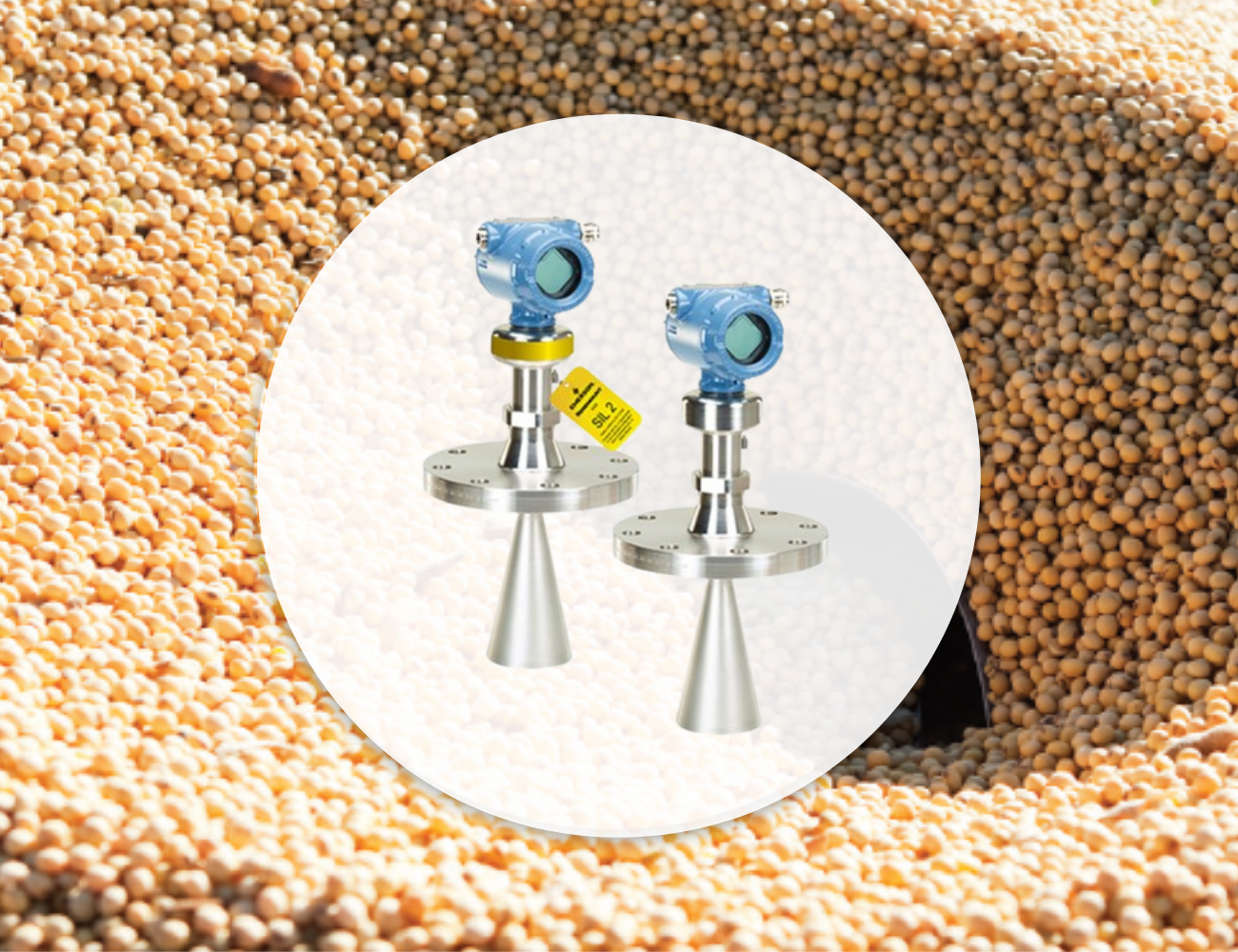
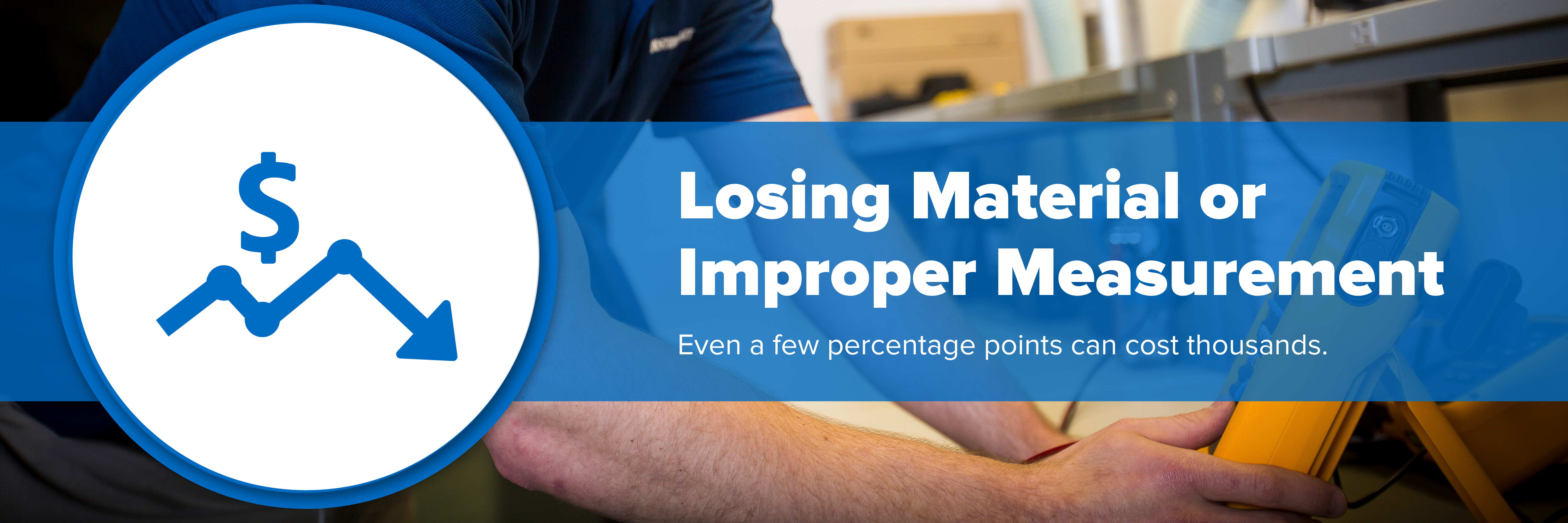
Losing Material or Improper Volumetric Measurements Can Be Detrimental
In a time when the global supply chain is still trying to get back to normal, making sure all the right systems are in place to mitigate inventory loss or spoilage is very important. Even a few percentage points of a difference in a silo or other large food/beverage storage management system can cost thousands of dollars. There are many different causes that lead to inaccurate measurements within storage systems. For uneven material surfaces, single measurement points from outdated technology often lead to miscalculations that minimize capacity and allow oxygen to wreak havoc on the material. For systems that have multiple filling or discharge points, inaccurate measurements can also lead to structural issues that are very expensive to fix. In order to both maximize the capacity and limit spoilage of food/beverage storage management systems, radar signals used by level transmitters are often relied upon to get accurate volumetric measurements.
How Radar Technology Helps Mitigate Spoilage and Other Inventory Loss Issues
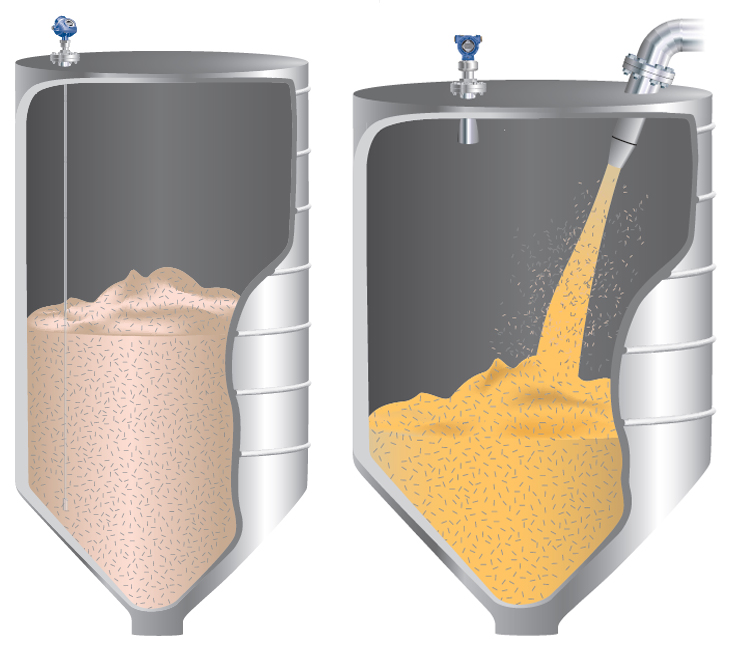
Many of the issues above can stem from the receiving process, material processing, or even the discharge process. These problems can be multiplied when grains, beans, powders, or other food/beverage materials are passed through different vessels within a storage facility. To cut through challenges like grain dust, condensation, or cumbersome filling locations in small-to-medium-sized silos, radar technology is often used to get precise volumetric measurements. Cables that transmit guided wave radars or non-contacting radar technology are two methods that this is accomplished.
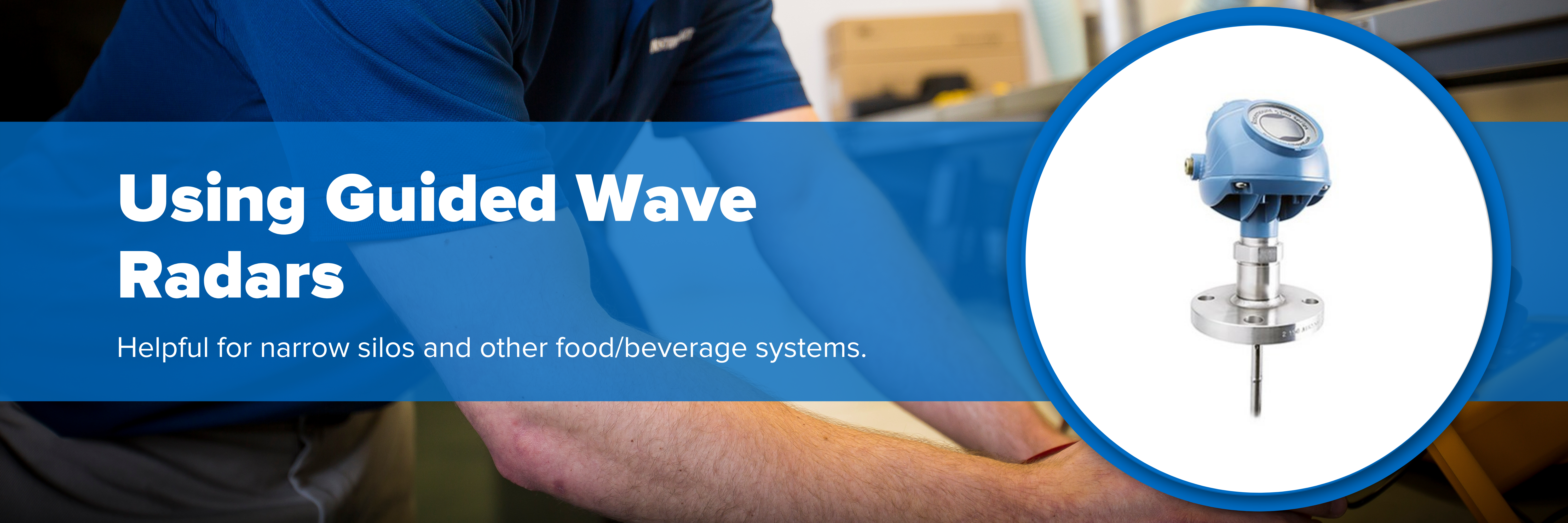
Using Guided Wave Radars for Narrow Silos and Other Food/Beverage Storage Systems
Some level transmitters like the Rosemount 5300 Series Level Transmitter (model 5303 for solids) use radar signals that are transmitted towards and reflected from the material’s surface via a guide cable. This guide cable is not affected by the inclining surfaces which makes it useful for fast-moving vessels and narrow silos that hold solids or liquids. By utilizing the radar signals from the guide cable, users get a single-point measurement of the solids level within the storage management system.
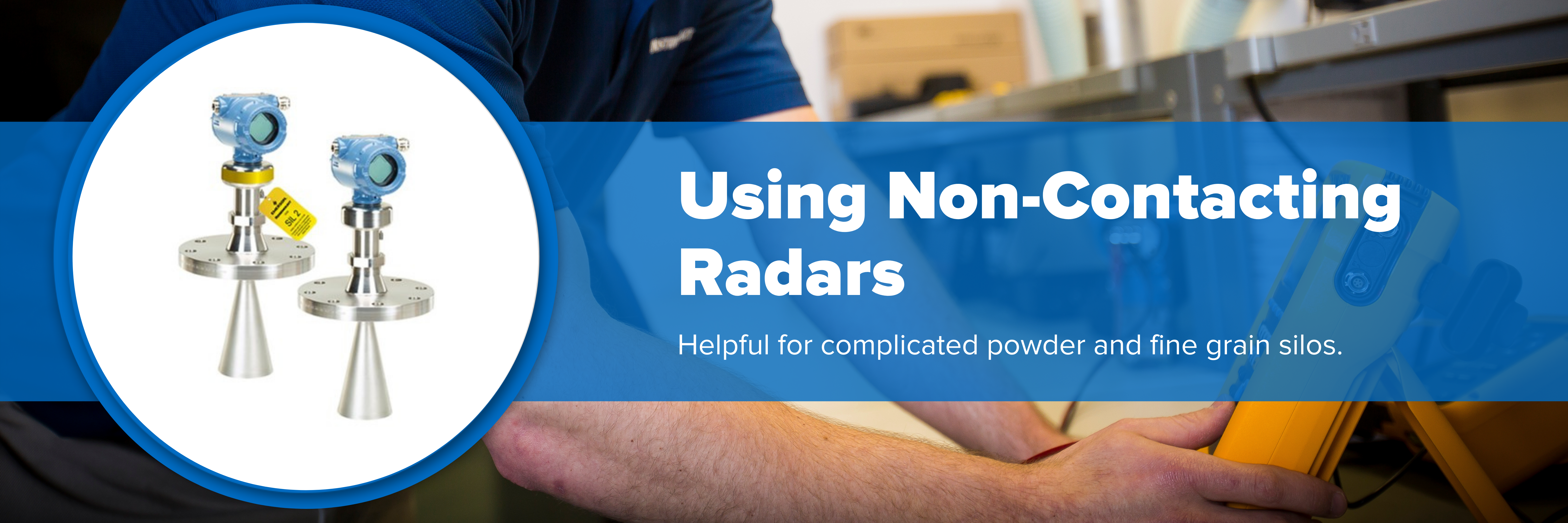
Using Non-Contacting Radars for Complicated Powder and Fine Grain Silos
For silos and other storage vessels that have more fine materials where a guide cable isn’t feasible, radar signals can be transmitted through the empty space in the storage system which then get reflected back from the material’s surface. Some transmitters such as the Rosemount 5408 Level Transmitter utilize this non-contacting radar technology in order to provide the average level measurement under the area of the radar beam. With accuracy down to 0.12 in (3mm), the 5408 Level Transmitter can even be used in challenging, fast-moving vessels that store powders, grains, or even hops for those that are looking to optimize their beer brewing equipment.
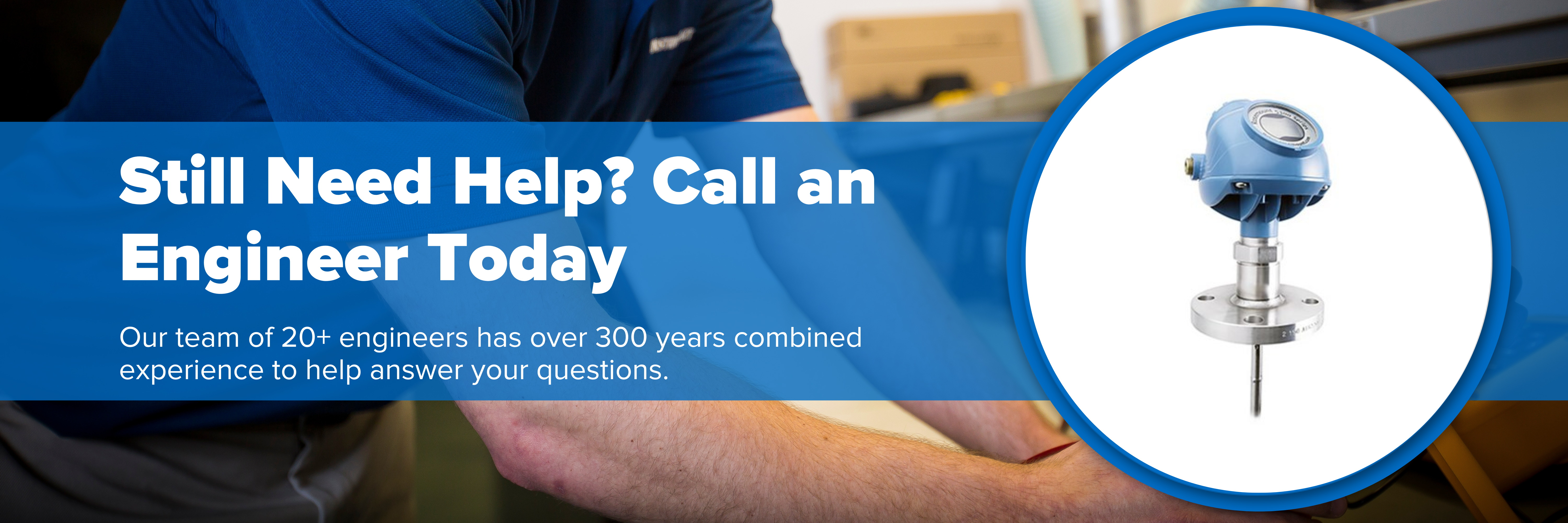
Still Need Help? Call an Engineer Today
If this post still leaves you wondering what type of industrial instrumentation would work best for your application, our engineers would be happy to help you. Give them a call at 1-800-884-4967. Or, you can shop for a wide range of industrial instrumentation from top brands and even configure your product online. We offer free lifetime tech support with every product sold.
